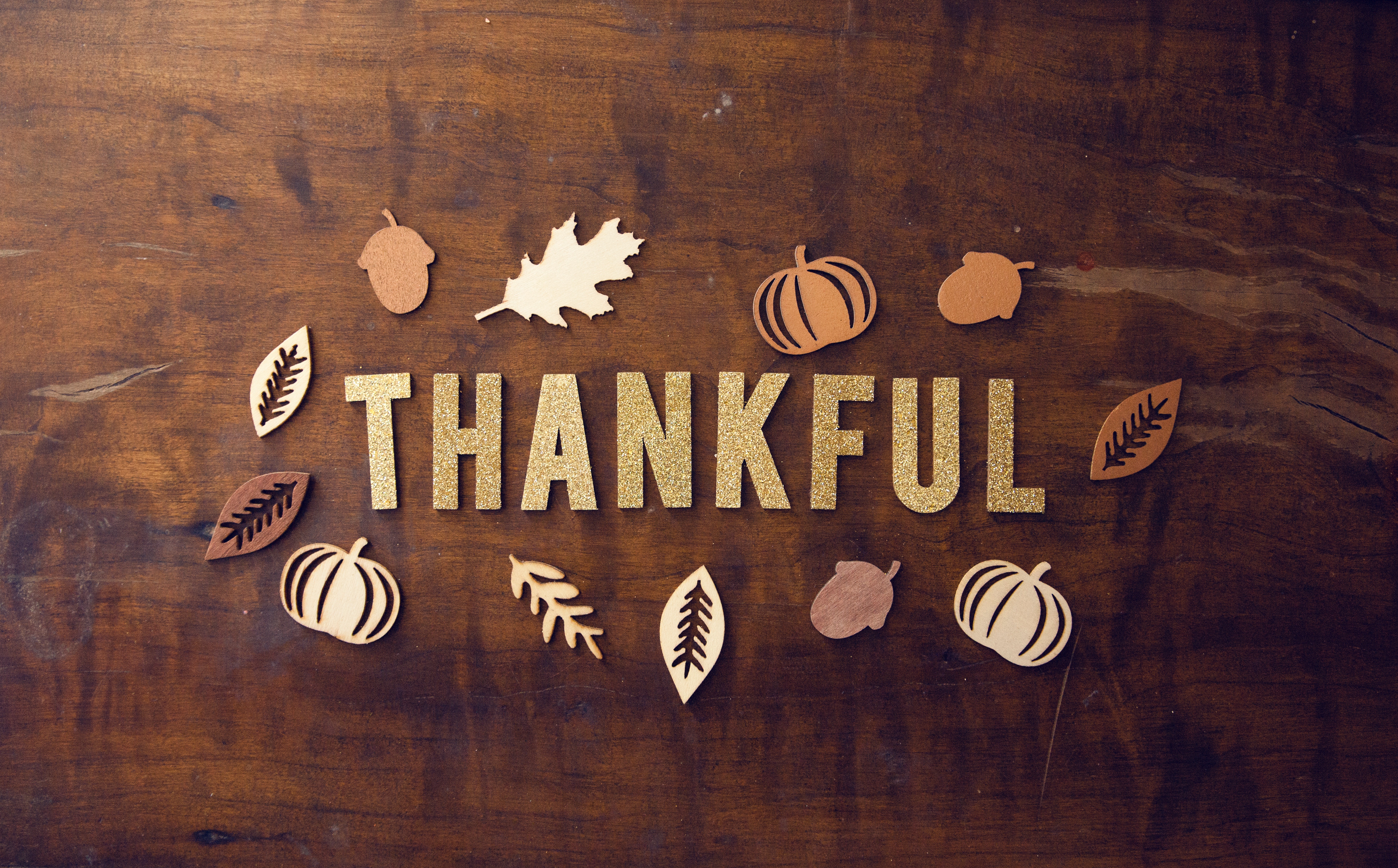10 Strategies to Actively Build Nonprofit Donors Trust
 Trust defines the credibility and legitimacy not only of your organization, but of the entire social benefit sector. Yet too few organizations make the effort to operationalize this construct into their fundraising and marketing planning.
Trust defines the credibility and legitimacy not only of your organization, but of the entire social benefit sector. Yet too few organizations make the effort to operationalize this construct into their fundraising and marketing planning.
You should.
Without donor trust and confidence in philanthropy there’s no future for social benefit organizations.
Donor retention guru Professor Adrian Sargeant has spent 20+ years researching the relationship between trust, philanthropy and continued donor commitment. And he has found, unequivocally, that trust is the essential foundation of the philanthropic relationship.
Ignore this at your peril.
Actively Build Donor Trust
The Donor’s Bill of Rights is a great starting point. But simply using it as a checklist is not enough. Too transactional. I encourage you to go above and beyond. Because the best predictor of future giving is when people feel good.
You can make giving to you a transformational experience. How? By actualizing what you learn here into a series of multi-step plans for:
-
Gift Acknowledgement that Satisfies Donors
-
Donor-Centered Communications that Instill Happiness
-
Useful Content Marketing that Offers Gifts
-
Consistent Branding that Instills Confidence
-
Relationship Fundraising that Creates Meaning and Builds Loyalty
If you take these five steps, implementing the 10 strategies incorporated below, I can guarantee you’ll steadily build trust and make donors happy. They may seem simple, and they are. But honestly ask yourself if you really do these things right now? Trust must be earned, and it can be fragile. So, I’m going to guess you could do better. Please read these action steps with an eye to what you might do to make your donor retention plan – what I prefer to call a “donor love and loyalty plan” – more vigorous. It’s up to you to establish trust and magnetically pull your donors toward you so they never let go.
Details

 Let’s begin with a question: What do you spend more time on? Asking or thanking?
Let’s begin with a question: What do you spend more time on? Asking or thanking?
 For good things once a year is not enough. Why do so many of us only eat turkey once a year?
For good things once a year is not enough. Why do so many of us only eat turkey once a year? 
 This Thursday folks in the United States will celebrate what I consider to be the social benefit sector holiday of the year.
This Thursday folks in the United States will celebrate what I consider to be the social benefit sector holiday of the year.



 Early in my career I received a piece of fundraising advice that has stuck with me to this day:
Early in my career I received a piece of fundraising advice that has stuck with me to this day:
 Have you ever received confoundingly terrible customer service? Maybe at a restaurant, hotel, fast food restaurant or retail outlet? It happens all the time and, likely, you’ve thought to yourself: “Why on earth are they treating me like this? It’s so stupid! Don’t they realize I’ll never come here again?”
Have you ever received confoundingly terrible customer service? Maybe at a restaurant, hotel, fast food restaurant or retail outlet? It happens all the time and, likely, you’ve thought to yourself: “Why on earth are they treating me like this? It’s so stupid! Don’t they realize I’ll never come here again?”
 Want your donors to sustain you? Then you can’t consume them in five minutes.
Want your donors to sustain you? Then you can’t consume them in five minutes.
 I generally counsel nonprofits to
I generally counsel nonprofits to